Patterns
Kits
sundries
knitting tools, buttons and notions, project bags and other pleasing little things
knitting tools, buttons and notions, project bags and other pleasing little things
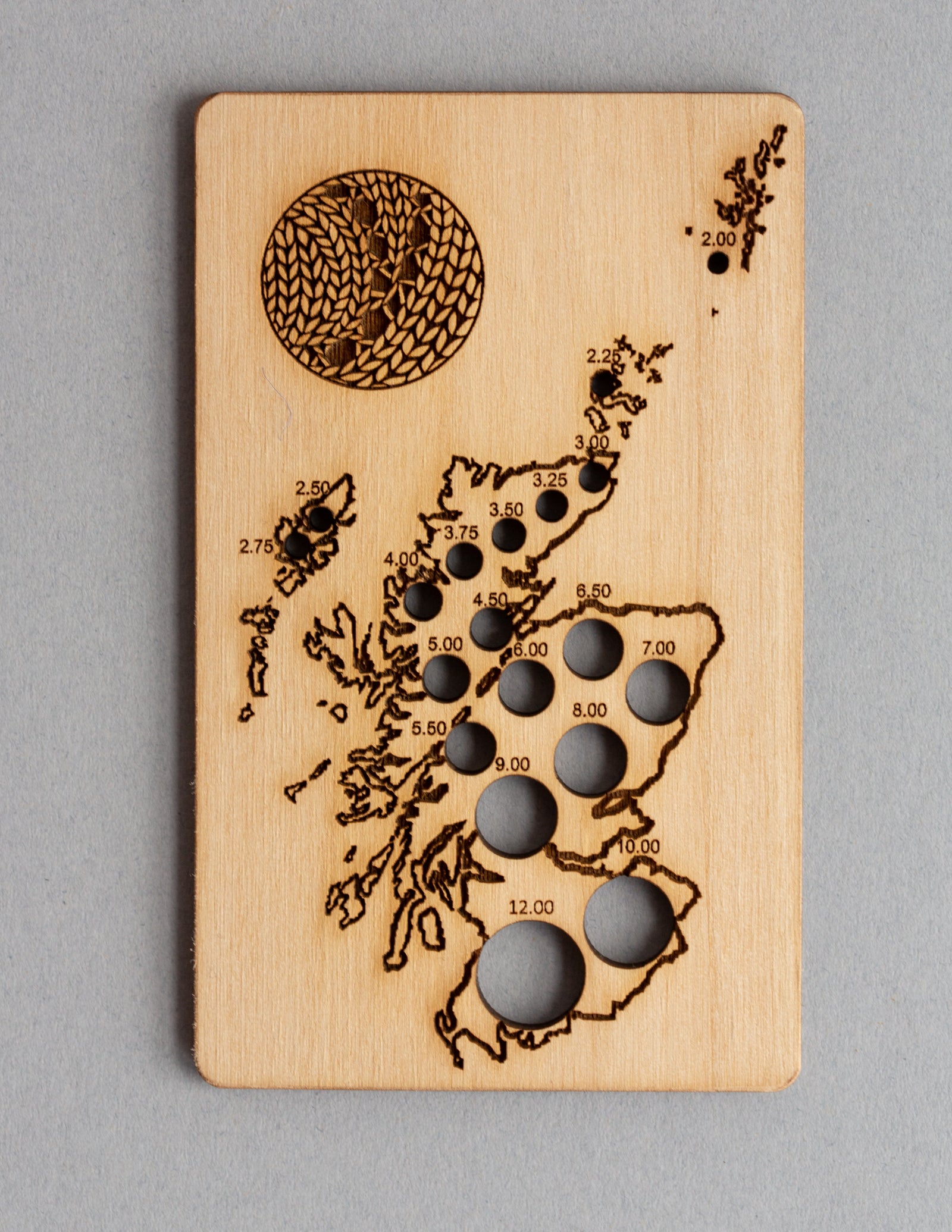
Exclusive Scotland needle gauge by Katrinkles
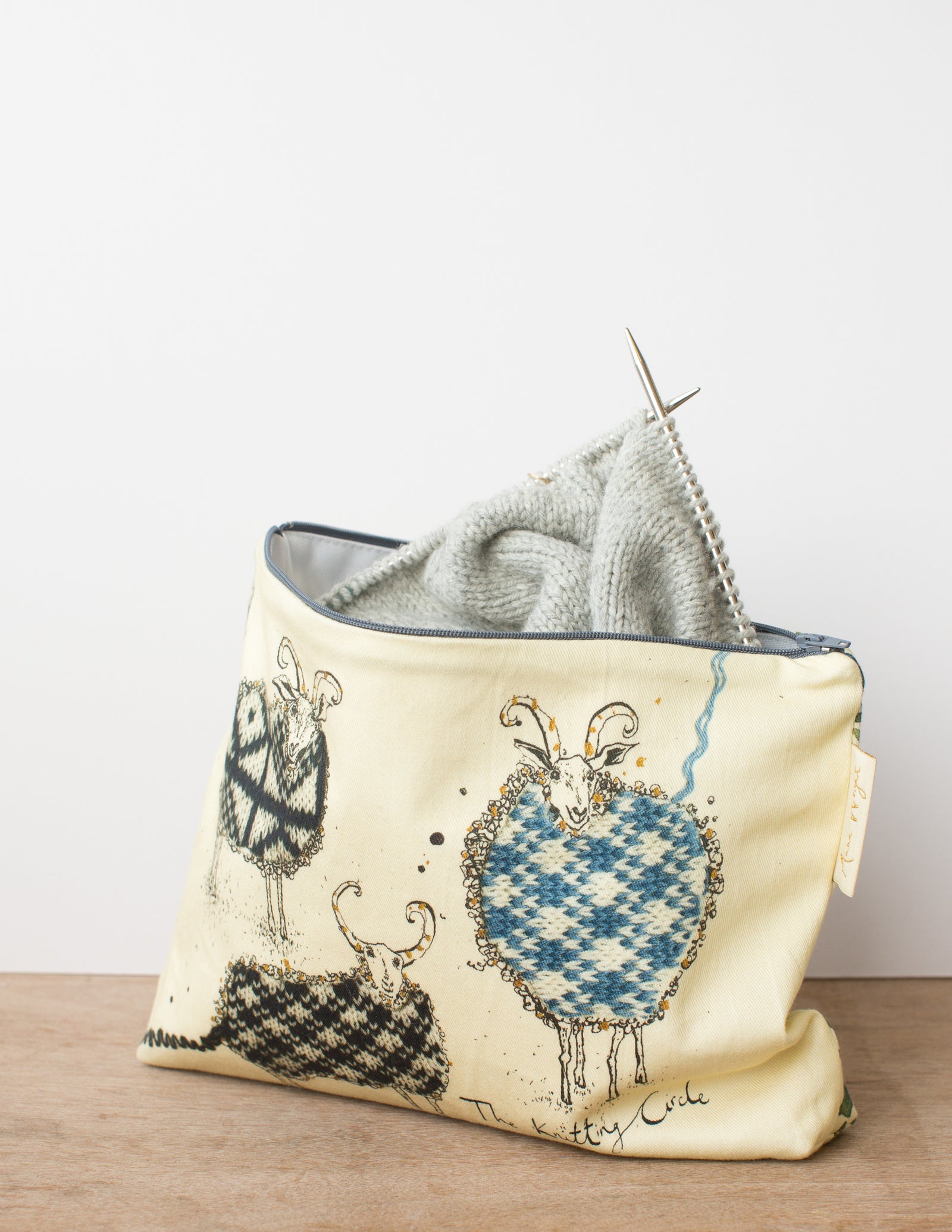
Zippered pouches in two sizes by our studio neighbour Anna Wright

keep small tools accessible with the Maker's Keep
gift 2019
Subscribe to our Colourwork Club for a gift that lasts well into the new year. Your recipient will receive a new colourwork kit in Janurary, February and March
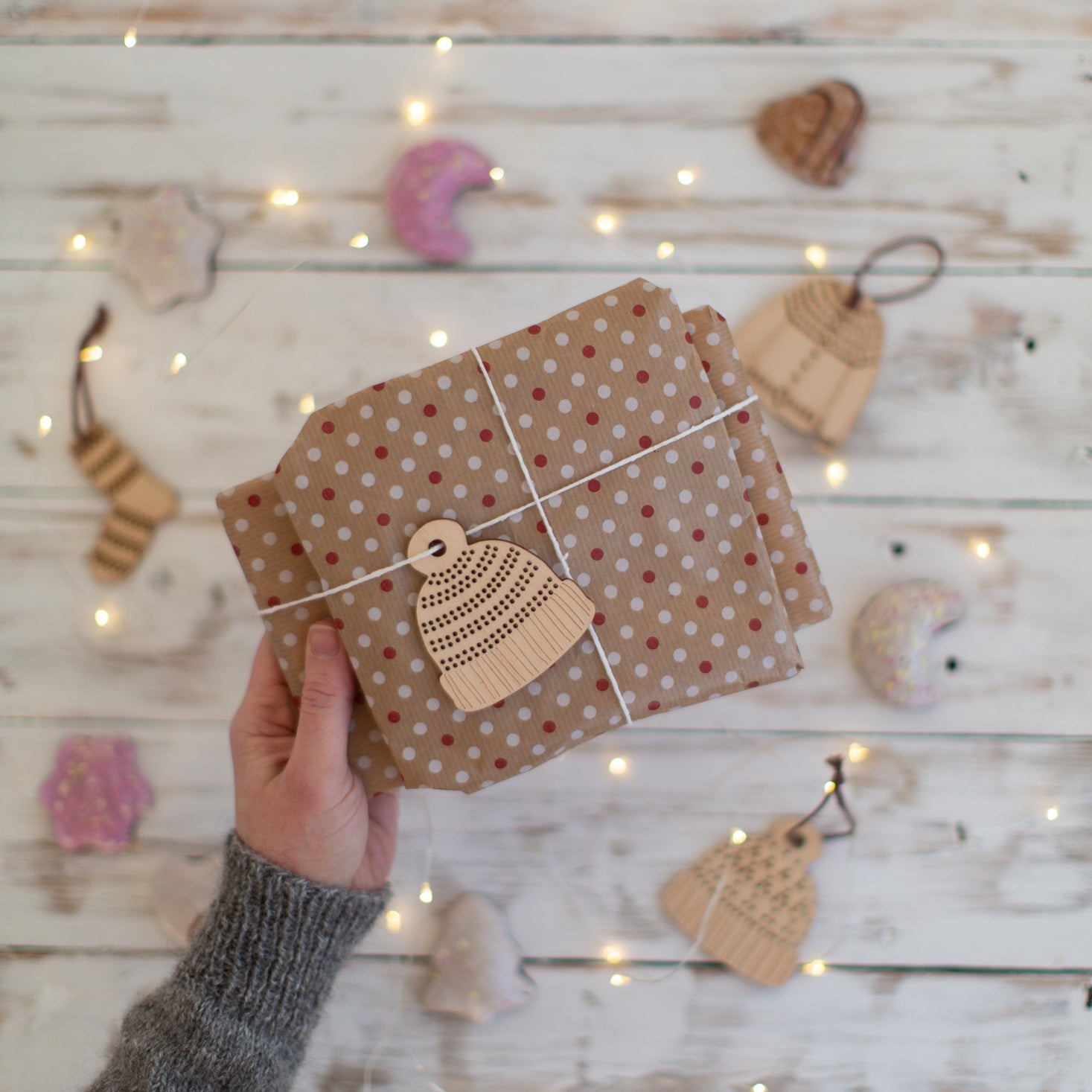
Subscribe to our Colourwork Club for a gift that lasts well into the new year. Your recipient will receive a new colourwork kit in Janurary, February and March
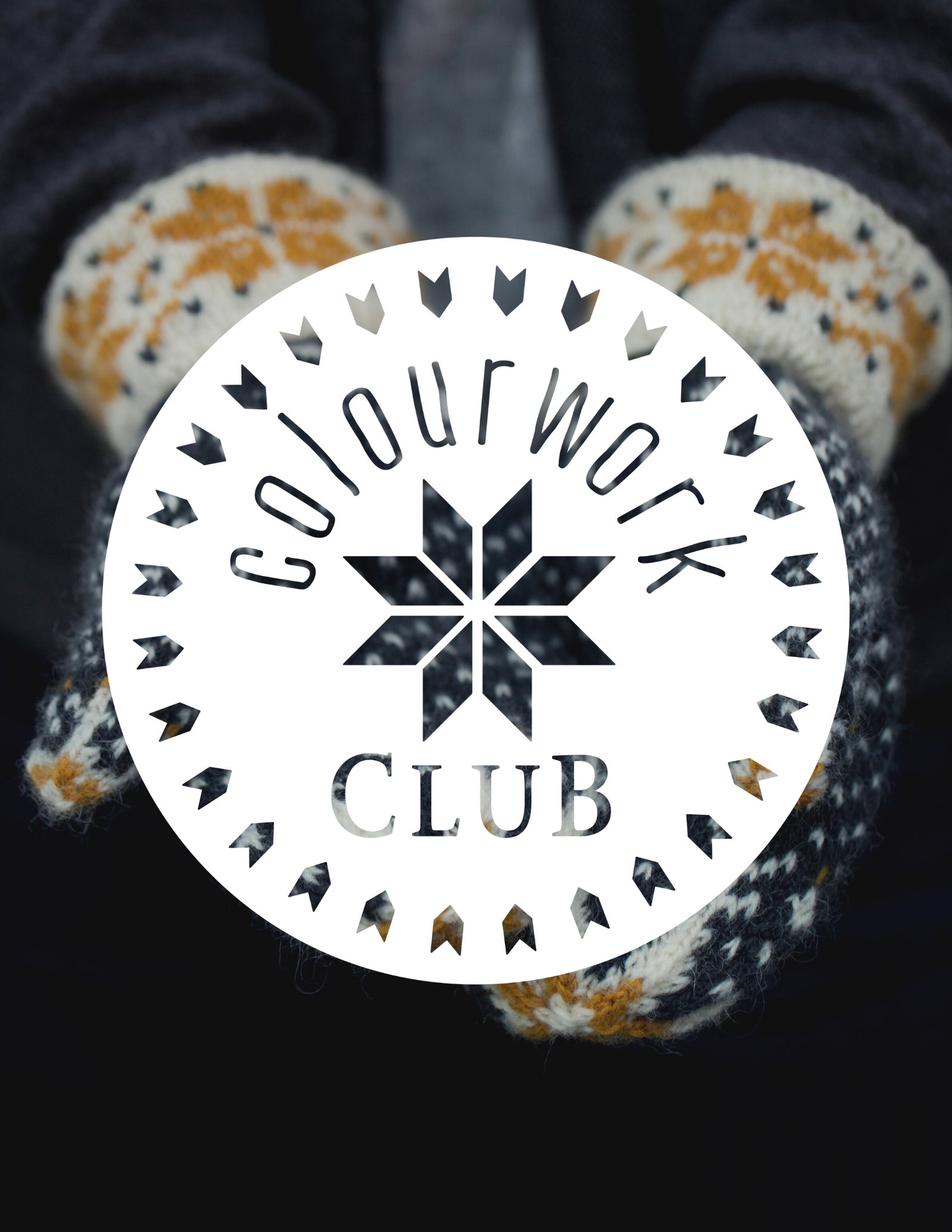
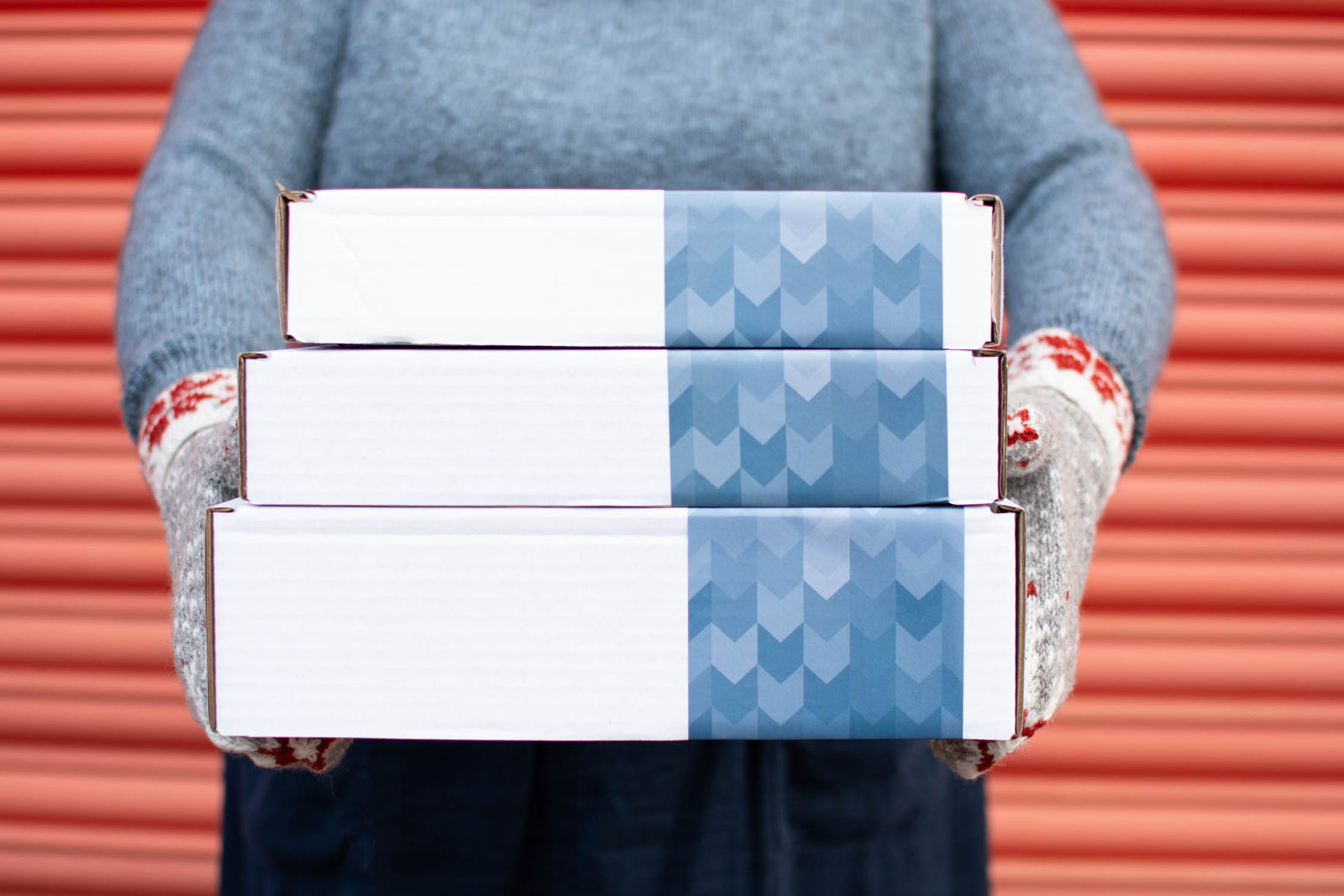
Last minute shopping? Gift cards are delivered electronically - forward the email or print it for your recipient. A range of amounts are available and gift cards don't expire.


Superwash v Non-Superwash Wool
February 12, 2021
What is superwash wool? Have you wondered about the difference between superwash and non-superwash yarns? Superwash wool is a yarn that’s been specially treated to make it machine washable. Whether a yarn is superwash or not will affect the yarn’s characteristics and the kind of projects that you’ll use each for.

There are many reasons to prefer either a superwash or non-superwash yarn for your project. Many knitters love the sheen, colour saturation and ease of care that a superwash yarn offers, while others enjoy the woolly smell and feel of a non-superwash yarn.
Have you ever wondered what makes superwash yarns different from non-superwash yarns? As the name suggests superwash wool has been treated to make it machine washable. Wool is a protein fibre and each strand is made up of overlapping tiny scales. When these scales stick together, the fibres felt. Sudden changes in temperature can “shock” the fibre, causing these scales to open up, and then any agitation or friction can result in them catching on each other.
Superwash yarns have either been chemically processed in a way that removes the tiny scales from the fibre, or they have been coated with an extremely fine layer of polymer plastic resin which has the same effect. Both smooth out the fibre and stop the tiny scales sticking together, and this prevents the yarn felting or shrinking when washed or agitated. This process is less sustainable as it uses chemicals and creates waste. It also uses more energy and water than the processing involved in non-superwash wool yarns.
Dyeing and colour

Photo: Neighborhood Fiber Co non-superwash yarn (left) and superwash yarn (right) in the colourway Mondawmin
Protein fibres are usually dyed with acid dyes, a type of dye which requires heat to set the dye to the fibre. Commercially dyed wool is dyed in huge vats, while hand dyers will use a variety of techniques at a smaller scale to apply and set the dye.
As the tiny fibres of a superwash wool have been smoothed, the yarn has a sheen and absorbs dye more easily. This gives the bright, saturated colours that knitters love. It’s also possible to be a little less gentle during the dye process, as the yarn is much less likely to felt at high temperatures or while being moved around in the water. In the photos both above and below the superwash skein on the right is darker, and more saturated.

Photo: Neighborhood Fiber Co non-superwash yarn (left/below) and superwash yarn (right/above) in the colourway Hollins Market
A non superwash yarn needs a little more care while dyeing, so that it doesn’t get too hot and isn’t agitated. It’s a slower process, as the yarn is heated more gradually and often to a lower temperature and so takes longer to absorb the dye. You might find that hand-dyed non superwash yarns are priced a little higher to reflect the additional time and labour involved in the process.
Working with superwash and non-superwash

Most knitters will notice a difference when working with superwash compared to non-superwash yarns. As non-superwash yarns still have the tiny scales on the fibre, your stitches will stick together and then bloom when washed. This makes non-superwash wools perfect for colourwork projects, creating more cohesion between the stitches, and a smoother result across a colour pattern. It also makes steeking (cutting your knitting) much easier as the stickiness of the yarn means that your stitches are less likely to unravel. Dropped stitches are often easier to pick up too!
Knitting with superwash yarn can also be a lovely experience, especially for those projects that you want to be soft, smooth and sleek, such as baby gifts, cowls and socks. Stitches will glide across your needles with ease and create a beautifully soft fabric. As superwash yarns can often have less body and more drape they can be a lovely choice for lightweight sweaters and fine garments.
If you’re unsure which type of yarn will be best for your project swatching is often the answer. You can tell a huge amount about how a yarn behaves, as well as the feel of the finished fabric, and how it will wear from knitting and blocking a swatch.
Care
If you’re looking to knit a garment that is easy to care for and can be thrown in the wash with the rest of your laundry then superwash yarn is the safer choice. As the tiny fibres are unable to stick together your knitting is unlikely to felt or shrink, and so superwash yarn is often the preferred option for baby and kid clothing and blankets that will be washed frequently. Many superwash wools can also be tumble dried, but be sure to check the care instructions on the yarn label. It can also be easier for new parents or if you’re giving a gift to someone who may not be enthusiastic about hand-washing.
There’s no doubt that caring for knits made from non-superwash yarn takes a little more time and effort. Your knitting will need to be gently soaked or hand washed, the water carefully removed by squeezing it in a towel and then laid flat to dry. Many makers enjoy this process though, and caring so carefully for something that you’ve made certainly makes it seem special. You can read on the blog more about handwashing your knits and the blocking process for shawls and sweaters.
When I first started knitting the majority of the wool I encountered was superwash, other than a small stash of vintage Shetland yarns I'd inherited from my grandfather. Over the last 15 or so years the options for non-superwash yarns have exploded, and I've loved exploring the natural characteristics of different breeds and wools from different places – like many knitters I didn't know wool could be so interesting! That doesn't mean that sometimes a good superwash wool isn't exactly the right fit for the project, I love being able to toss an everyday sweater in the washing machine, or know that the gifts I've put time and love into will be easy for a non-knitter to care for! For a lot of indie dyers, superwash bases have been easier to access, and they can be easier to dye. I’d never throw a delicate lace shawl in the washing machine, even if the yarn was superwash so it’s exciting to see Neighborhood Fiber Co. switch to non superwash wool for their Rustic Fingering base, and that they've combined this more sustainable option with organically farmed fibre. Ysolda
We asked Karida, founder of Neighborhood Fibre Co to explain why they decided to make the switch from superwash to non-superwash wool in their bases.
The move away from superwash is partly about "walking the walk" in terms of commitment to minimizing our environmental impact but also is a response to demand. Our customers had been asking about non-superwash, woolier kinds of yarns for awhile. So, the first shift to a non-superwash merino was a big step. I wanted a wool that felt like wool, that blooms nicely, and has a nice sheepy smell when we open the box from the mill. Also, when you block non-superwash wool, it will actually retain its shape, which is so important for lacey shawls, like Ishbel.
Initially, I wasn't planning to switch our Rustic Fingering base to an organic wool, but I fell in love with the quality and sheen of the machine washable organic wool, so I enquired about getting some of it untreated. Honestly, I was blown away by how soft it was. I've never had a non superwash yarn that felt so delicious. The downside is that you can't make a kid's sweater and just toss it in the washing machine as it will felt. It should be gently hand-washed and laid out to dry. I'm okay with that idea, even as someone with a little kid. I like the idea of making special garments that I care for and pass along to the next generation of family.Karida, Founder of Neighborhood Fiber Co
Time to try them out?
If you’re looking for a superwash yarn to try, we love The Uncommon Thread Tough Sock, and Everyday Singles. Both are beautiful soft and perfect for shawls, cowls, baby knits and sweaters. Rauma Petter makes fantastic garments for kids that need to go through a washing machine.
Our non-superwash yarn range includes lovely wools from Tukuwool, De Rerum Natura, Rauma, Neighborhood Fibre Co, Ístex Léttlopi and Harrisville.
Do you have a favourite superwash and non-superwash to work with? We’d love to know!
Also in Journal
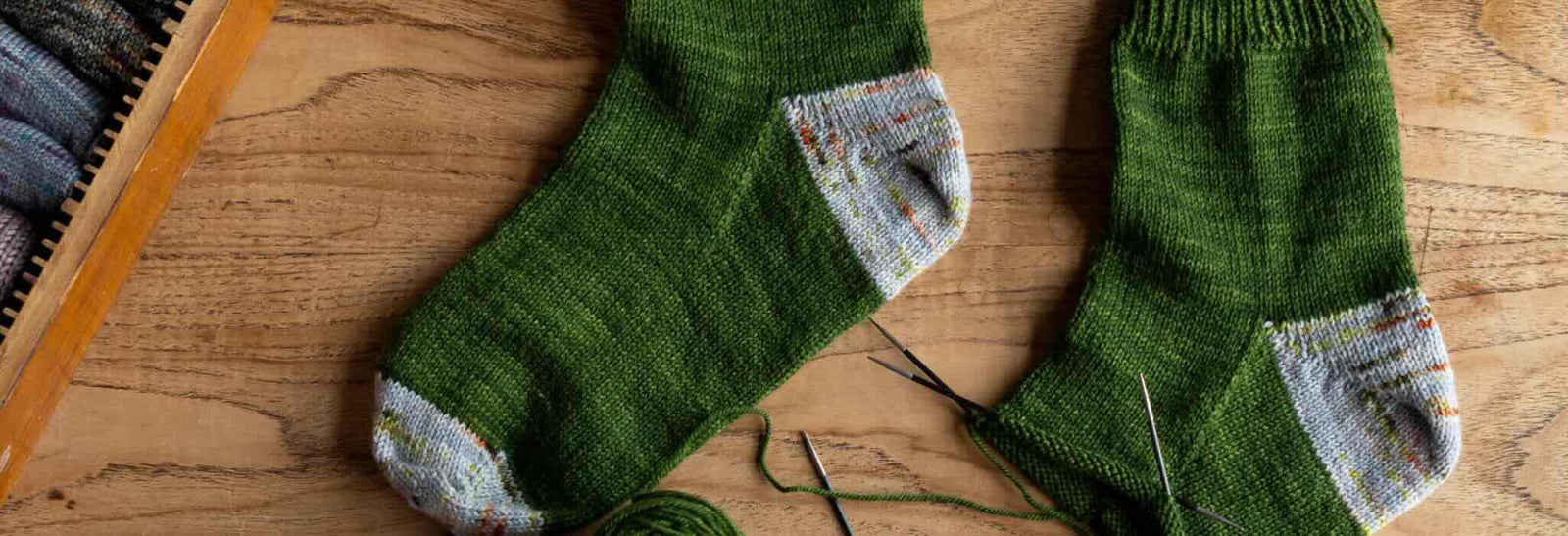
Deep Shadow Heel Tutorial
September 25, 2025

20 Years of Ysolda Knitting Patterns: Part 2
June 23, 2025

20 Years of Ysolda Knitting Patterns: Part 1
June 19, 2025
Recent Articles
-
Deep Shadow Heel Tutorial
September 25, 2025
-
20 Years of Ysolda Knitting Patterns: Part 2
June 23, 2025
-
20 Years of Ysolda Knitting Patterns: Part 1
June 19, 2025
-
Learn to Knit: Mattress Stitch
March 29, 2023
-
How to Knit a Scarf: A Beginners Guide to Scarf Knitting
March 23, 2023
-
Learn to knit: the long tail cast-on
February 03, 2022
-
How to Graft Your Knitting
December 09, 2021
-
Crochet Provisional Cast-on
December 02, 2021
-
Learn to knit: How to knit in the round with double pointed needles
November 25, 2021
-
Learn to knit: How to knit in the round using the magic loop technique
November 25, 2021
Free resources
-
KALS, step-by-step pattern guides and free patterns
Learn brioche with the free Daniel's Hat pattern
Tombreck - a free chevron beanie pattern
Working the brioche neck detail on the Polwarth sweater
Installing a zipper and ribbon, finishing wee Carson
Yarn colour ideas for Threipmuir sweater
Additional colourways for the Joy mitts (choose your pride flag)
How to join the shoulders on Wardie
How to join the pockets on Granton and Wardie
Finishing Resources for Granton
Broughton mittens tutorial part 1
Broughton mittens tutorial part 2
Broughton mittens tutorial part 3
Basics
Casting on
Decorative Channel Island Cast-on
Binding off
3 Easy Stretchy Bind-offs (p2tog bind-off; k2togtbl, k1 bind-off; Jeny's surprisingly stretchy bind-off)
Tubular Bind-off for brioche stitch
Increasing
Paired increase methods compared
How to continue in pattern while increasing and decreasing
Decreasing
Brioche stitch double decreases
Knitting in the round
How to Knit in the round using Magic Loop
How to Knit in the round using DPNs
Short rows
Swatching and gauge
Tips and tricks
Avoiding ears when binding off
Tighter purl stitches for neater cables and ribbing
Cabling without a cable needle
How to knit more symmetrical yarn overs
Bust darts in sweaters with all over stitch patterns
A magic formula for evenly distributing shaping
Superwash v Non-Superwash Wool
Picking up sts from the middle of the fabric
Reading knitting patterns
Understanding "continue in pattern"
Help! Where am I in my knitting project?
Using charts, even if you hate them
Finishing
Garment knitting
Joining the body and sleeves on a seamless bottom up sweater
Sizing
Ysolda’s sizing chart for knitwear designers
Inclusive garment knitting
How to pick a garment without a model for you (specifically addresses finding garment patterns when your gender identity isn't represented and the styles you want to knit might not be sized to fit your body)
How does ease affect inclusive size ranges?
Specific stitch patterns
Lace
Identifying and fixing mistakes in lace knitting
Colourwork
Getting started with stranded colourwork
Understanding colour dominance
Working stranded colourwork over small circumferences
Decreases in stranded colourwork
Holding the yarn for stranded colourwork
Ladderback Jacquard (a neat way to deal with long floats)
Cables
Cabling without a cable needle
Cabling without a cable needle on the wrong side
How to knit cabled decreases
Closed ring cable increases and decreasesBrioche
How to work brioche stitch in the round
Other crafts
Cross stitch
How to begin your first large cross stitch project
How to finish a cross stitch project with an embroidery hoop frame
Mending

Sign up today
Find out the latest news from the studio such as sales, pattern releases, and new workshops or KALs our learning community, The Knitwork. We also share helpful tips and exclusive subscriber discounts...



